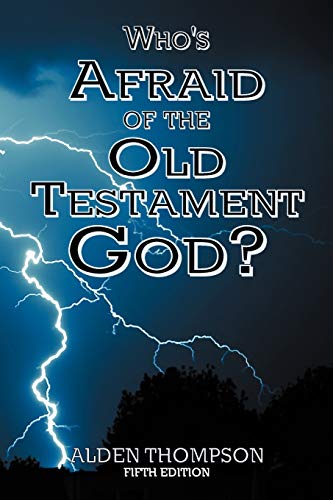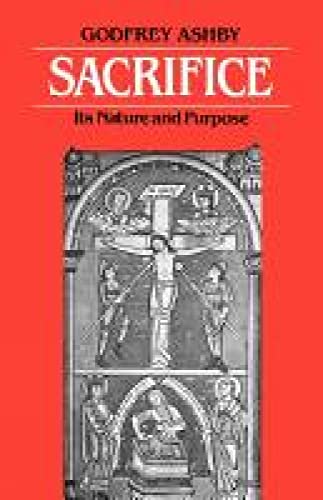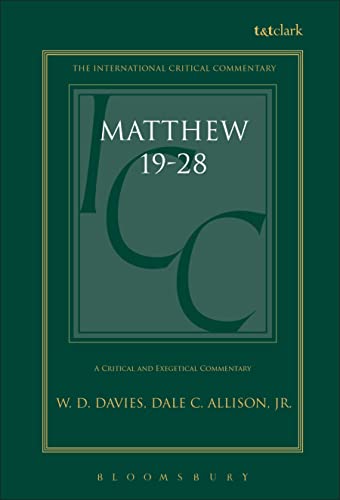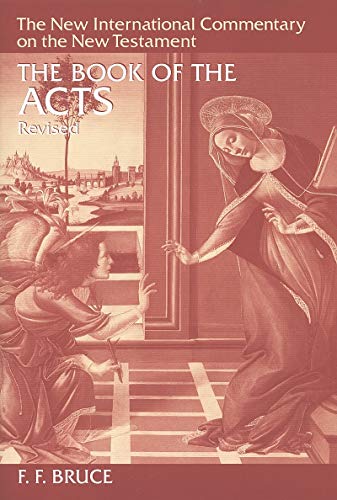The Sermon on the Mount. An Exegetical Commentary
Written by G. Strecker (trans. by O.C. Dean from ‘Die Bergpredigt 1985’ Reviewed By Peter M. HeadDespite the care with which Matthew located chapters 5–7 in the broader context of his whole gospel, scholars, preachers, teachers and others continue to separate these chapters from that original context, give them a title (‘The Sermon on the Mount’ = SM) and expound them in isolation. Augustine in the final decade of the fourth century ad was the first to do this, but many have followed his lead. Professor Strecker also follows this trend, although he makes more attempt than most to relate passages in SM to the rest of the gospel (as one would expect from the author of a well-known monograph on Matthew’s theology: Der Weg der Gerechtigkeit, 1962 & 19713; and several other books on NT and biblical theology).
Notwithstanding the allusions on the back cover to the contemporary political and religious relevance of SM, this book is primarily a redaction-critical commentary, focusing on what the historical Jesus (=HJ) originally said, and on the Matthean interpretation. According to Strecker only three beatitudes, three of the antitheses and the Lord’s prayer (and assorted other bits and pieces) can be traced back to HJ. But despite this, and the clearly stated presupposition that ‘the Sermon on the Mount in the First Gospel is not a speech made by Jesus but the literary work of the Evangelist Matthew’ (p. 11), the reader does not find his attention drawn to the literary qualities of the composition. This is not a narrative-critical or ‘final form’ commentary!
The commentary begins with a brief introduction (12 pages) in which the author announces his presuppositions: Matthew and Luke were dependent upon a common written Greek source in two different recensions QMatt and QLuke; to get back to what HJ said can be done using the criteria of dissimilarity and a further criterion which says: ‘the older a unit of text is, the more it is surrounded and even overgrown with secondary traditional material’ (p. 13).
As to form, the commentary is clearly laid out, with bibliographies, an English translation of the passage under discussion (and the Lukan parallel), followed by general comments and verse-by-verse exposition (on the negative side the ET seems a waste of space in a serious commentary and the notes are located at the end of the book). A concluding ‘Epilogue’ makes an attempt to relate the text to the world. This is followed by a bibliography which has been updated to include several of the more recent works on the SM.
As to content, this is hardly the place to go into too much detail. The beatitudes (for HJ) are promises of eschatological salvation (p. 31), which become (for Matthew) ‘entrance requirements’ for the kingdom (p. 33). In continuity with his previous book Strecker speaks often of a Matthew ethicalizing and historicizing the traditional material in light of a new situation (e.g. on pp. 60, 67, 69, 95, etc.). A crucial problem of SM is the place of the law. Strecker shows the importance of 5:17–20 in Matthew’s outline and argues that vv. 17 and 20 are Matthean compositions. ‘The Matthean Jesus [=MJ] stands in a basically positive relationship to the Torah’ (p. 54), fulfilling that Torah in his teaching. Verse 18b is ‘a circumlocution for “never” ’ (p. 55), asserting the continuing validity of the Torah instructions. In the antitheses (5:21–48, of which 21–22a, 27–28 and 33–34a go back to HJ) MJ radicalizes or revokes the Torah: ‘The Kyrios stands over the Torah’ (p. 62). Strecker later writes: ‘In the Matthean understanding, there is no contradiction between Torah intensification or suspension and Jesus’ intention not to abolish the law and the prophets but to fulfil them’ (p. 95). He himself, however, doesn’t resolve this problem for the reader, and seems to draw back from the christology which can resolve it (see on p. 65).
Overall the book is not an easy read (with many translationisms). It does, however (in the words of the publisher’s blurb) ‘illuminate the problems faced in the Sermon exegesis’ and could prove valuable as an introduction to one brand of German gospel criticism. Bible study leaders and preachers will probably look elsewhere, and students (in my opinion) would do better to save the £10 and put a down-payment on the new ICC commentary on Matthew by Davies & Allison (which at £29.95 for 731 pages is better value per page).
Peter M. Head
Peter M. Head
Tyndale House
Cambridge, England, UK






